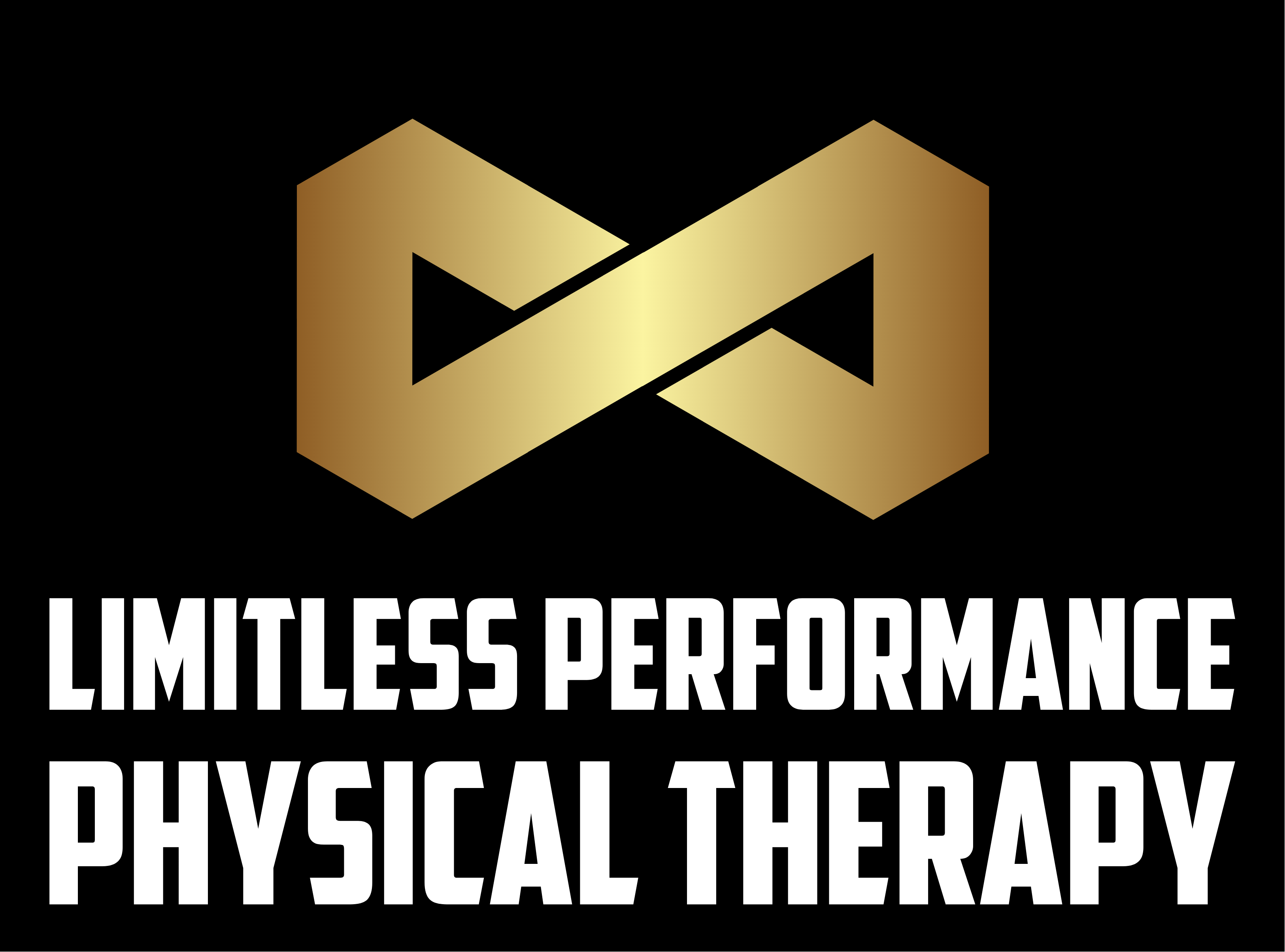What is Hip Impingement?
Hip impingement (also called FAI – femoroacetabular impingement) is a common complaint, especially in athletes that squat, lunge, or run a lot. Typically it presents as a pinch in the front of the hip or groin at the bottom of a squat. Pain may be present after prolonged sitting, when crossing the legs, or after long bouts of walking or running.
What Causes FAI?
The hip is a ball and socket joint, the ball is the head of the femur (thigh bone) and the socket is the acetabulum (concave part of the pelvic bone). Repeated stress and/or faulty hip mechanics involving hip flexion and rotation can cause abnormal loading on the bone. The bone will respond by adapting to the stress, similar to how our muscles hypertrophy, and form a callus either on the neck of the femur (cam) or on the rim of the acetabulum (pincer). In some cases there can be a mix of both cam and pincer.

Three Exercises for FAI.
A common cause of faulty mechanics is a lack of hip internal rotation. As we descend into a squat we require a certain amount of hip internal rotation. If this range of motion is lacking then it causes those abnormal forces on the bones. A self assessment for hip internal rotation is to lay face down and let the legs drop to the side. Make sure you do not compensate by rotating at the pelvis or trunk. Letting both legs fall at the same time can help limit this compensation. Have a friend take a picture or video yourself and judge if each side is equal and you can reach about 40 degrees.

So now that you have determined that you are lacking internal rotation in one or both hips, here are some exercises to address that limitation.
1. Banded Lateral Hip Distraction
Anchor a band to something fixed, like a rig shown in the video. Get into a lunge position perpendicular to where you anchor the band and step your foot through the loop. Pull the band up into the crease of the hip so it pulls the joint laterally. Take your hand and place it on the outside of your knee and push it inward, this will put you into internal rotation. Then use your external rotators to drive the knee out. Slowly alternate between passive internal rotation and active external rotation for about 2 set of 30-60 seconds on each side.
2. Supine 90/90 Internal Rotation
Lay on your back with your legs up so your hips and knees are at 90 degree angles (hence the name 90/90). Place a ball, med ball (relatively light weight), or a foam roller between the knees and hold it there. Whatever object you choose to use will help to engage the hip adductors and internal rotators, as well as preventing compensations for the movement. Additionally you will challenge the internal rotator muscles by driving the foot laterally (into internal rotation). Perform 3 set of 12 reps on each leg. A mini band can be placed around the ankles for an added challenge.
3. Hip Internal Rotation End Range Lift Offs
Sit on the ground with one leg externally rotated and the other leg internally rotated with the knees at 90 degree angles. Lift the ankle of the leg that is internally rotated off the ground. This exercise improves end range internal rotation control. Perform 3 set of 10 reps on each side.

